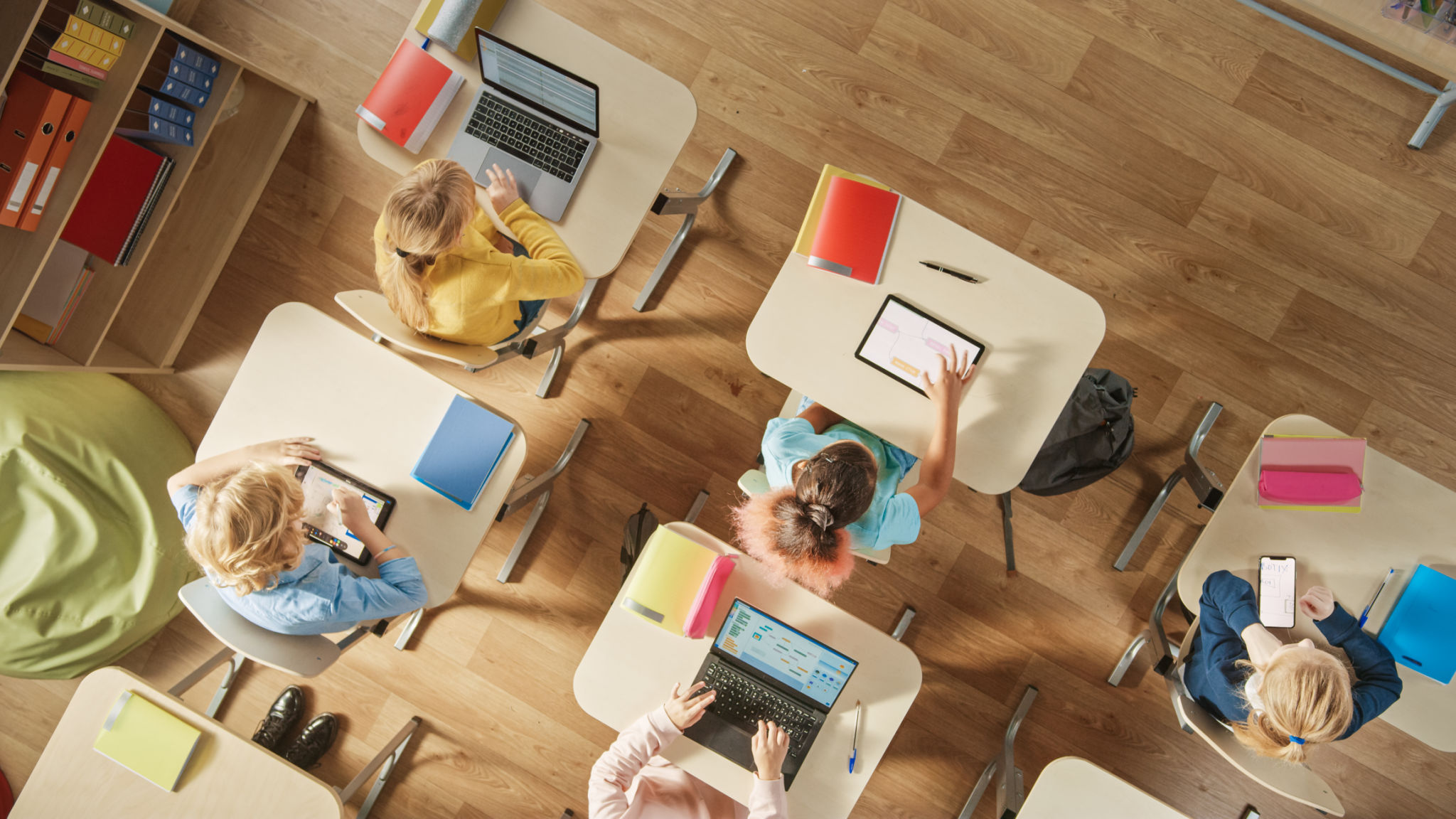Understanding the Latest Trends in Education: Insights from S.E.E.D.
The Evolving Landscape of Education
In today's fast-paced world, the realm of education is undergoing significant transformations. These changes are fueled by technological advancements, shifts in pedagogical approaches, and the increased emphasis on personalized learning experiences. Organizations like S.E.E.D. (Strategic Education and Educational Development) are at the forefront of tracking and analyzing these trends to better understand their implications.

Technology Integration in Classrooms
One of the most noticeable trends in education is the integration of technology in classrooms. From interactive whiteboards to virtual reality experiences, technology is reshaping how students learn. S.E.E.D. highlights that digital tools not only enhance engagement but also provide teachers with valuable data to tailor their instruction to meet individual student needs. This shift towards digital learning platforms supports a more immersive and interactive educational environment.
Moreover, the rise of Artificial Intelligence (AI) in education is creating personalized learning paths for students. AI-driven applications can assess a student's strengths and weaknesses, offering customized resources to bridge gaps in understanding. This personalized approach ensures that each student receives the attention they need to thrive academically.
Focus on Social and Emotional Learning (SEL)
Beyond academic achievement, there is a growing emphasis on social and emotional learning (SEL) in schools. SEL programs aim to develop students' emotional intelligence, resilience, and interpersonal skills. According to S.E.E.D., incorporating SEL into the curriculum helps students manage emotions, set goals, and cultivate positive relationships, all of which are crucial for success both inside and outside the classroom.

Educators are now focusing on creating inclusive environments where students feel valued and understood. This approach not only fosters a supportive community but also enhances overall well-being and academic performance.
The Rise of Hybrid Learning Models
The global pandemic has accelerated the adoption of hybrid learning models, combining traditional classroom instruction with online learning. S.E.E.D. notes that this flexibility allows schools to cater to diverse learning preferences and circumstances, ensuring continuity of education even during disruptions.
Hybrid models offer several benefits, including increased accessibility and the ability to record lessons for future reference. However, they also pose challenges such as ensuring equitable access to technology and maintaining student engagement remotely.

Sustainability and Environmental Education
As the world becomes more conscious of environmental issues, educational institutions are integrating sustainability into their curricula. S.E.E.D. reports a growing trend towards teaching students about environmental stewardship and sustainable practices. This includes lessons on climate change, renewable energy, and conservation efforts.
By instilling a sense of responsibility towards the planet from a young age, schools are preparing students to become proactive citizens who can contribute positively to society's sustainability goals.
Conclusion
The latest trends in education reflect a dynamic landscape characterized by innovation and adaptability. With insights from organizations like S.E.E.D., educators can stay informed about these developments and implement strategies that enhance learning outcomes. As we move forward, it is crucial to embrace these changes and prepare students for the challenges and opportunities of the future.
